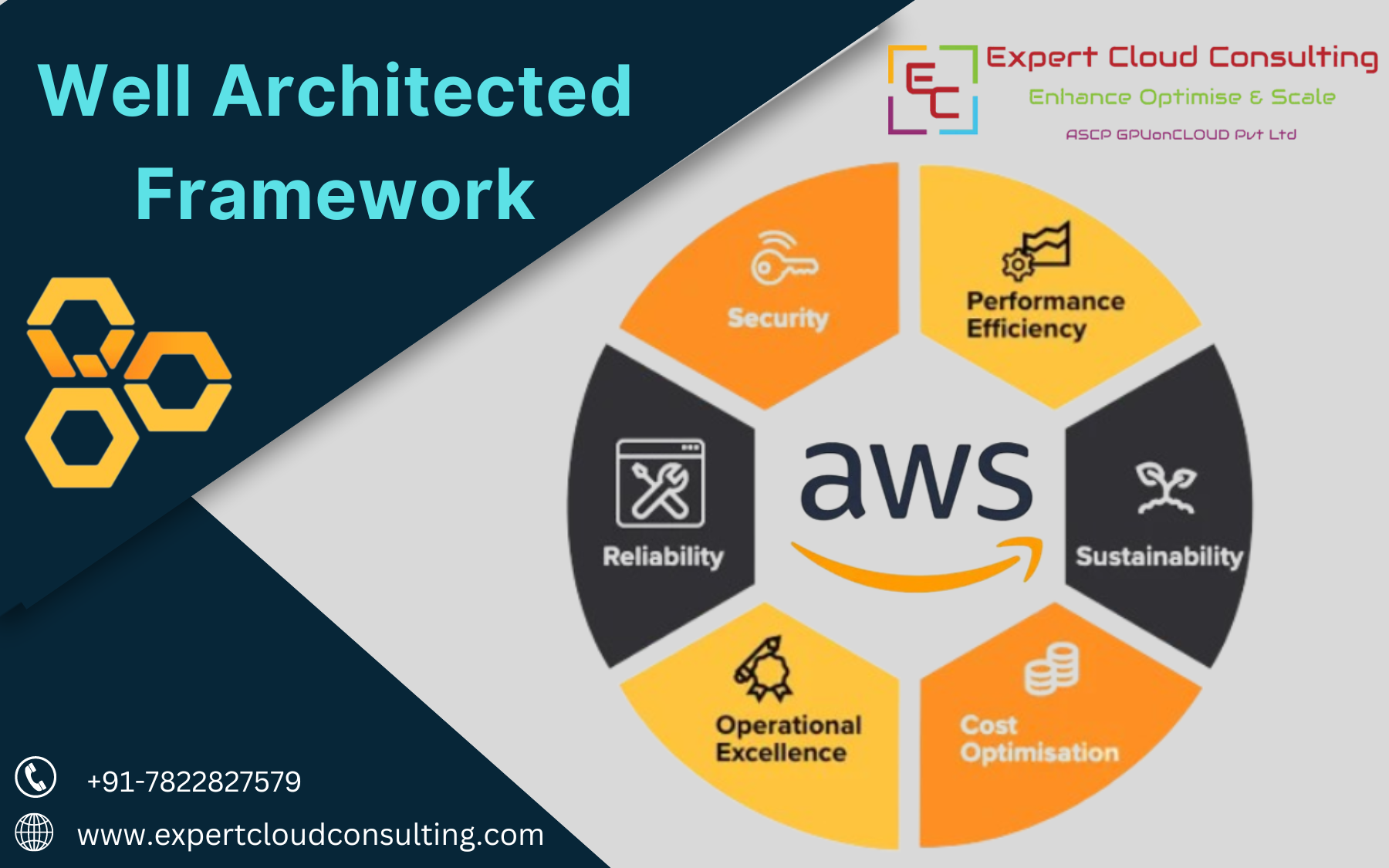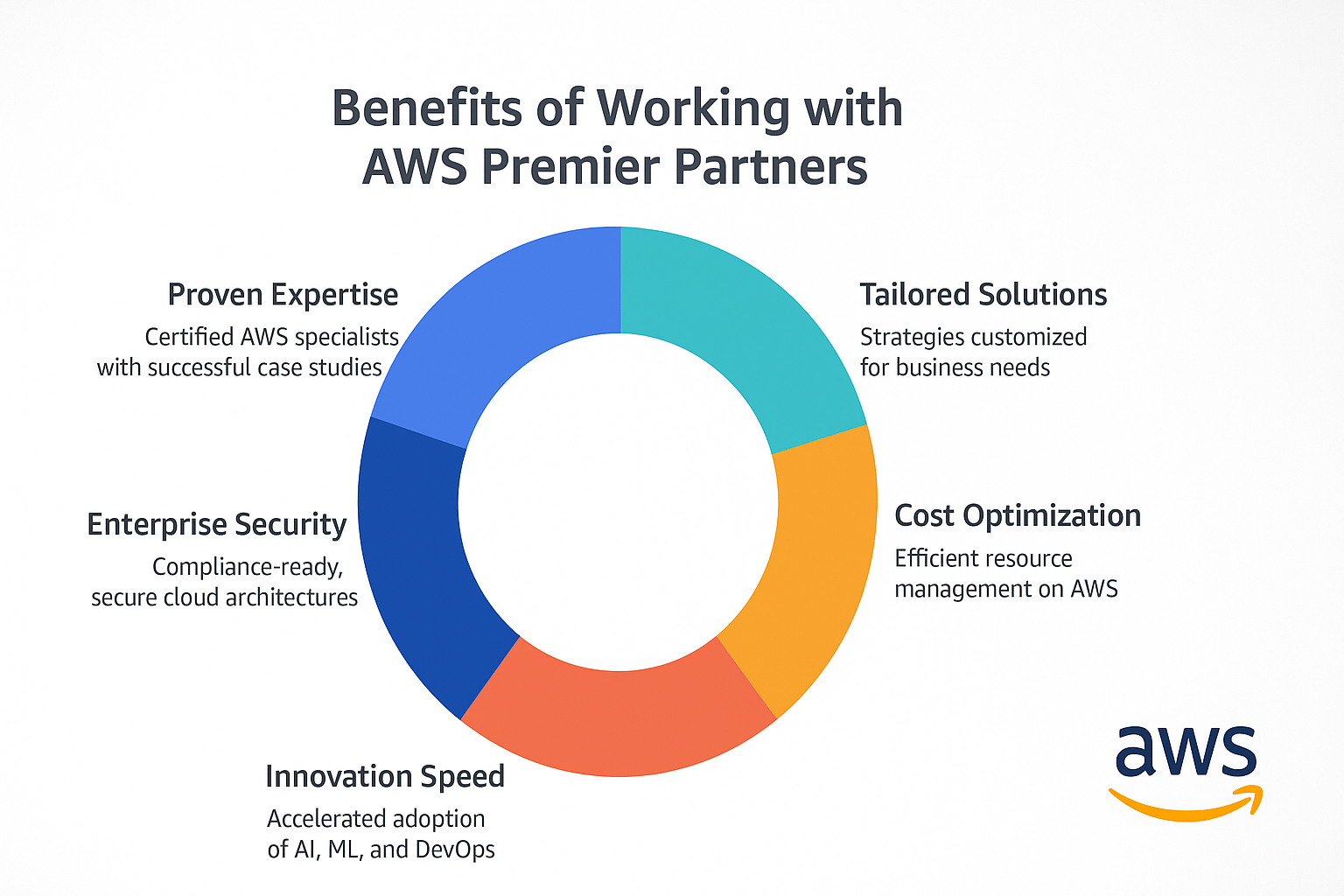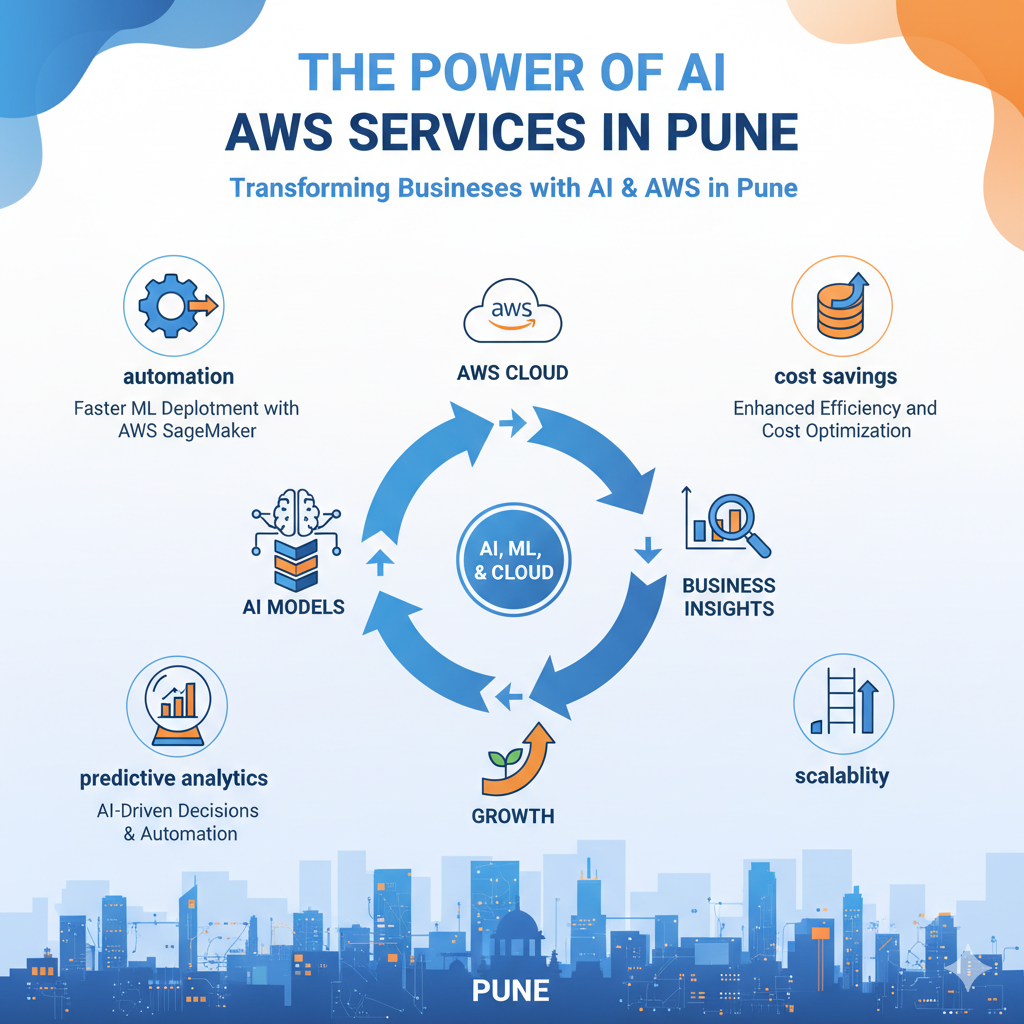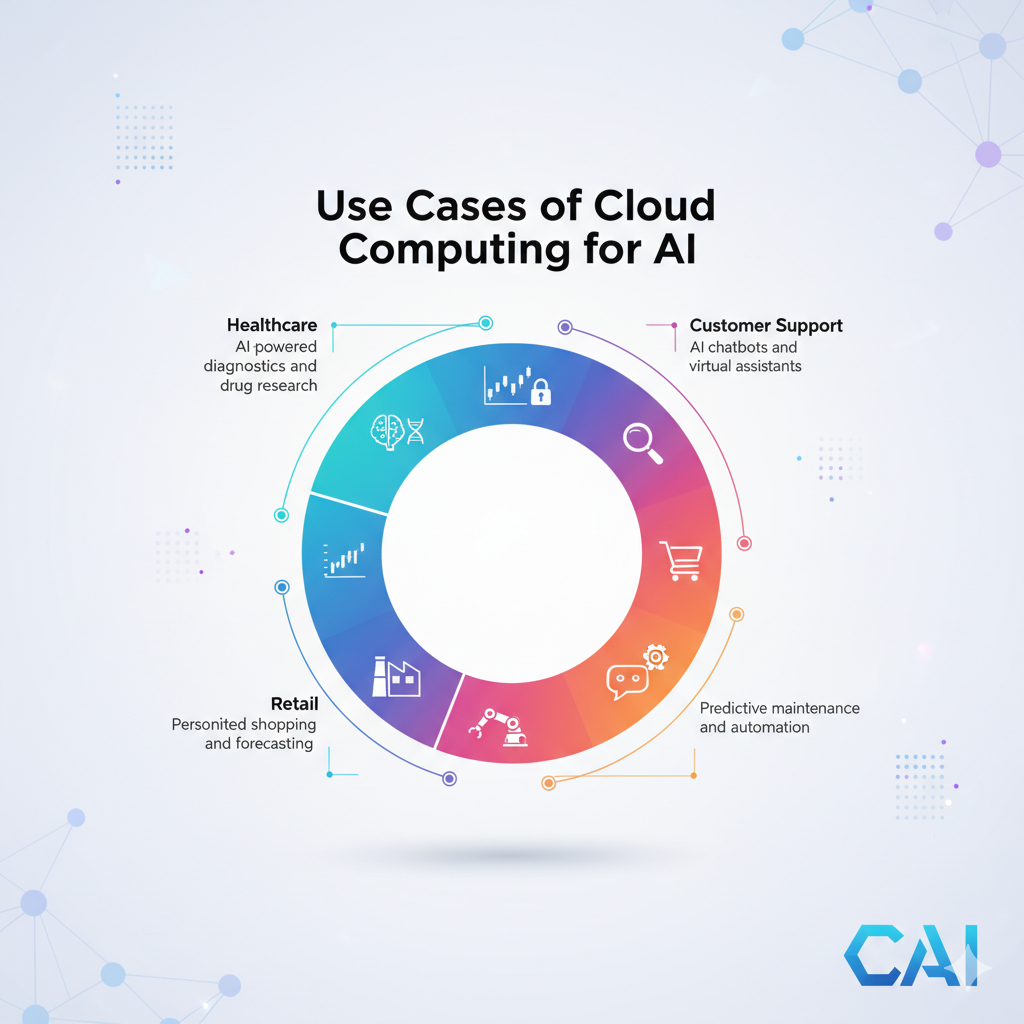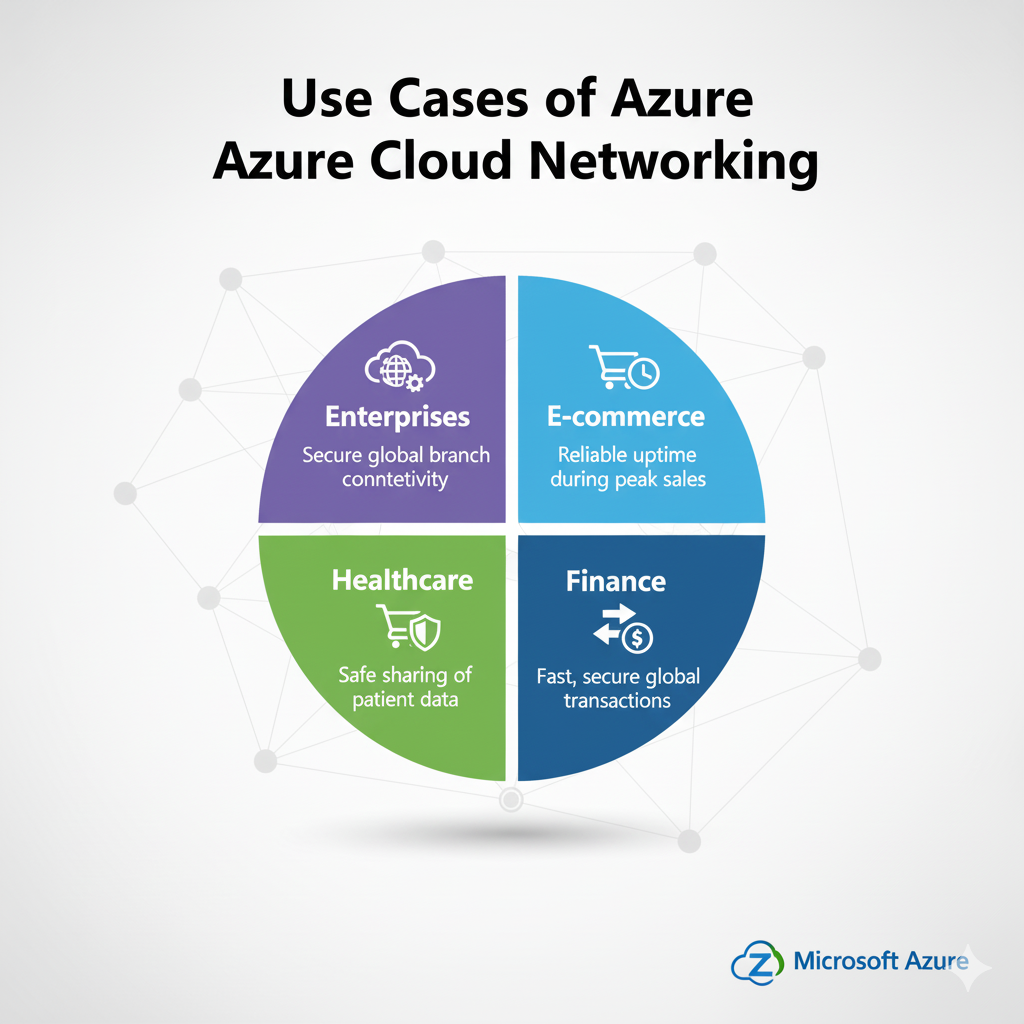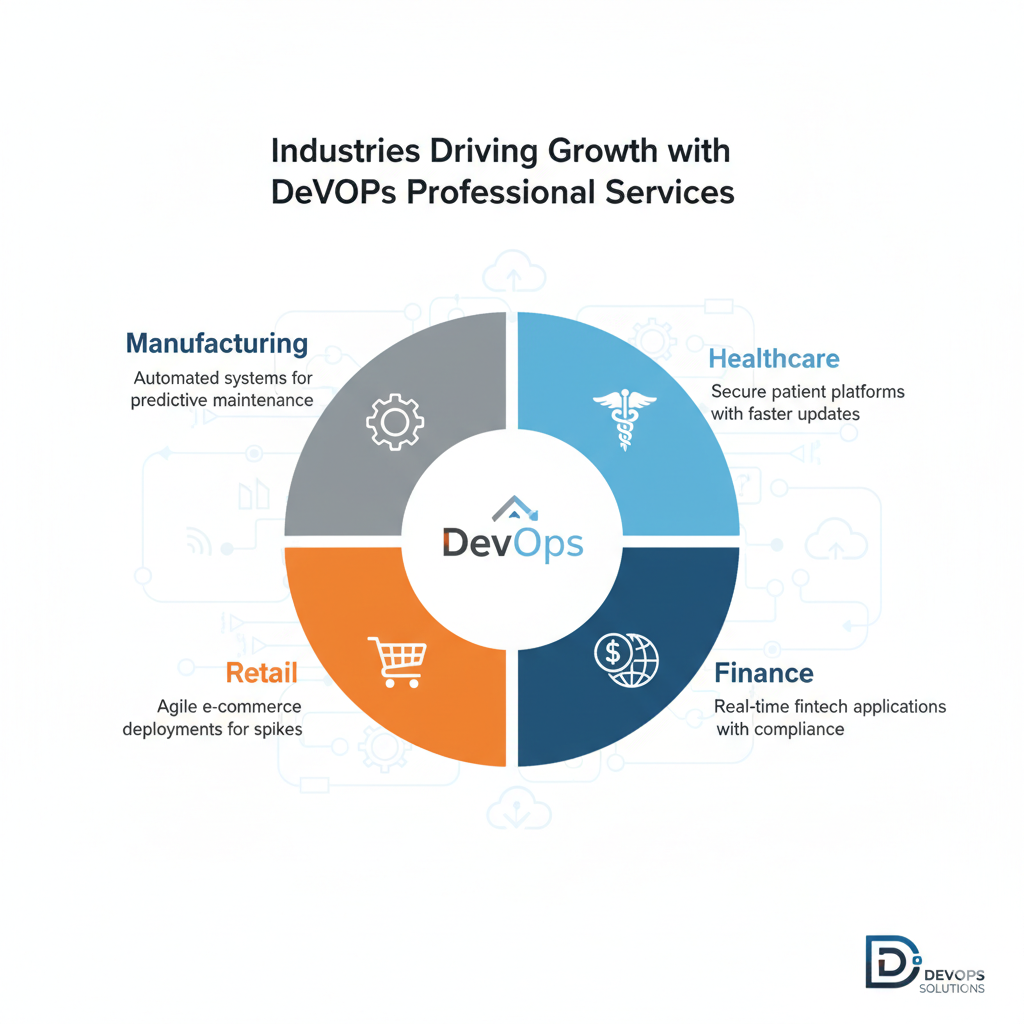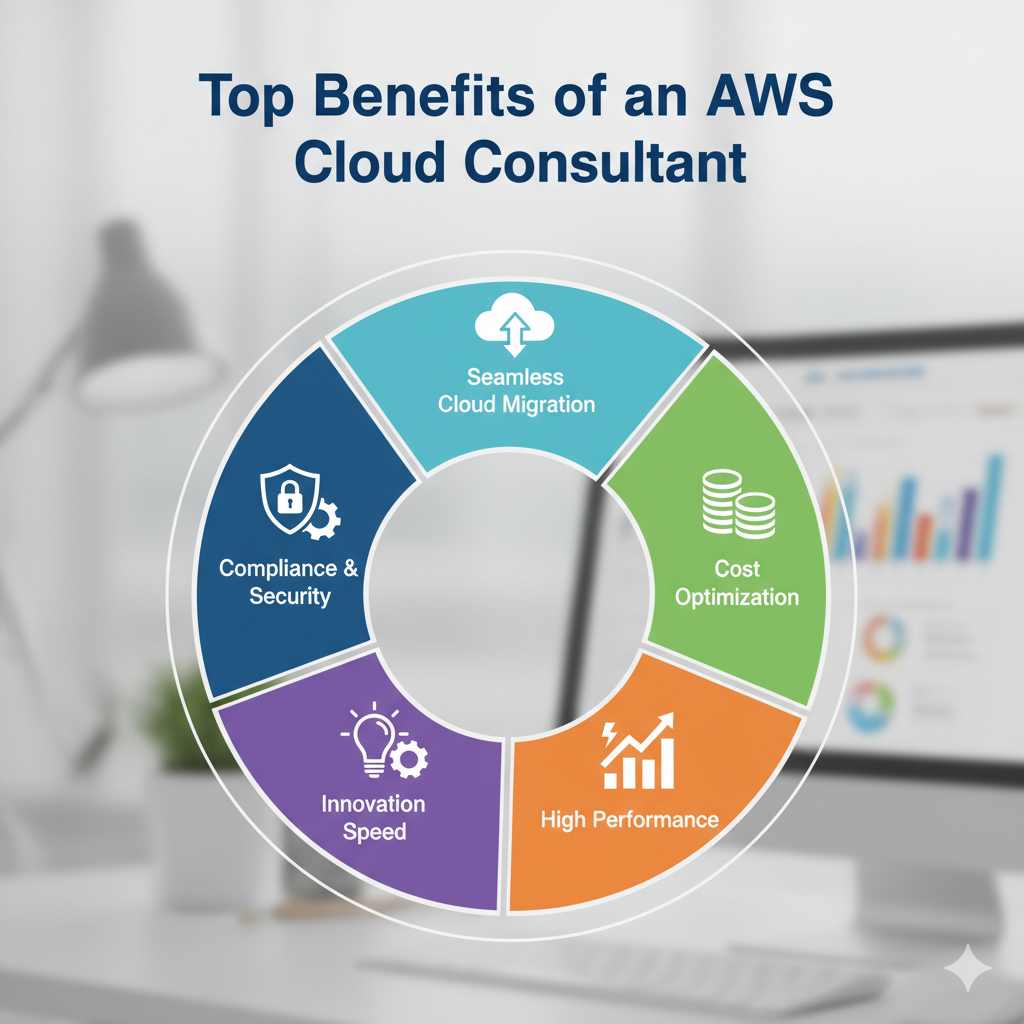- Introduction 🚀The AWS Well-Architected Framework serves as a guiding light for cloud architects, empowering them to construct infrastructure that is not just secure and high-performing, but also resilient, efficient, and scalable for their applications. This comprehensive framework offers a structured approach for both customers and AWS Partners to assess architectures, providing invaluable guidance to implement designs that can seamlessly adapt and evolve with the changing demands of your applications over time.Necessity of Well-Architected Framework
The AWS Architectural Framework is indispensable for architects seeking to design cloud infrastructure that meets the highest standards of security, performance, reliability, and efficiency. By providing a structured approach based on years of expertise, it enables architects to implement best practices tailored specifically for AWS environments.
- Six Pillars ⚡
1️⃣ Operational ExcellenceAt the core of the AWS Well-Architected Framework lies Operational Excellence, the foundational pillar ensuring effective development and seamless operation of workloads. It emphasizes gaining insights into operations, continually refining processes, and delivering ongoing business value.This pillar focuses on supporting development and running workloads effectively, gaining insights into their operation, and continuously improving supporting processes and procedures. Key design principles include performing operations as code, making frequent small reversible changes, and anticipating failure.
- 2️⃣ Security
In cloud environments, security stands as a paramount concern. The Security pillar within the AWS Well-Architected Framework underscores the critical importance of safeguarding data, systems, and assets. It advocates for the establishment of robust identity foundations, facilitating traceability, and the automation of security best practices. This pillar forms the cornerstone of ensuring the integrity, confidentiality, and availability of resources within cloud architectures.
The Reliability pillar within the AWS Well-Architected Framework is dedicated to ensuring this reliability. It advocates for strategies that encompass automatic recovery from failures, rigorous testing of recovery procedures, and the implementation of automated change management processes. By adhering to these principles, organizations can bolster the dependability of their systems, fostering resilience in the face of potential disruptions.
- 4️⃣ Performance Efficiency
This pillar centers on optimizing computing resources to efficiently meet system requirements while adapting to changing demands. It advocates for leveraging serverless architectures, experimenting frequently, and adopting a data-driven approach to achieve high-performance architectures. Key design principles include embracing advanced technologies, utilizing AWS's global infrastructure for scalability, implementing serverless solutions for streamlined management, conducting regular experimentation for optimization, and understanding hardware characteristics for effective performance enhancement.5️⃣ Cost OptimizationCost optimization within the AWS Well-Architected Framework is geared towards maximizing business value while minimizing expenditure. Additionally, this pillar emphasizes the importance of continuously measuring the overall efficiency of architecture and recommends offloading operational burdens by leveraging managed services. Moreover, analyzing and attributing expenditure aids in gaining insights into cost drivers, enabling judicious allocation of resources for optimal cost-effectiveness.6️⃣ SustainabilityA vital aspect of the AWS Well-Architected Framework, addresses the long-term environmental, economic, and societal impacts of cloud operations. It emphasizes the assessment and mitigation of these impacts while advocating for maximizing resource utilization and minimizing waste. Setting sustainability goals is crucial, aiming to reduce environmental footprints and enhance societal well-being. Additionally, the pillar encourages the adoption of new, efficient technologies to further sustainability objectives. Leveraging managed services aids in reducing operational overhead and resource waste.Best practices
- 1️⃣ Leverage infrastructure automation to streamline operations, ensuring uniformity and effectiveness in managing your infrastructure and workloads.
- 2️⃣ Implement automated security measures and tools to maintain continuous vigilance over potential threats, swiftly address security incidents, and uphold adherence to best practices in security compliance.
- 3️⃣ Ensure the robustness of your architectures by incorporating fault isolation, automated recovery protocols, and comprehensive disaster recovery plans, thereby fortifying system availability and reliability against potential failures.
- 4️⃣ Enhance system performance by harnessing data-driven methodologies, consistently evaluating architectural decisions, monitoring performance metrics, and strategically adjusting configurations to improve efficiency and scalability.
- 5️⃣ Cost-Aware Architecture: Optimize cost by adopting a consumption-based model, regularly measuring overall efficiency, and leveraging cost optimization tools and services to identify opportunities for savings without compromising performance or reliability.
6️⃣ Promote sustainability by integrating environmental considerations into your development process, including selecting eco-friendly regions and services, optimizing resource usage, minimizing environmental footprint, and embracing energy-efficient hardware and software solutions.Conclusion
AWS Well-Architected Framework offers a comprehensive approach to building secure, resilient, efficient, and scalable cloud architectures. By adhering to its six pillars – Operational Excellence, Security, Reliability, Performance Efficiency, Cost Optimization, and Sustainability – architects can ensure their infrastructure not only meets current demands but also evolves with future needs, maximizing business value while minimizing risks and costs.🌟


